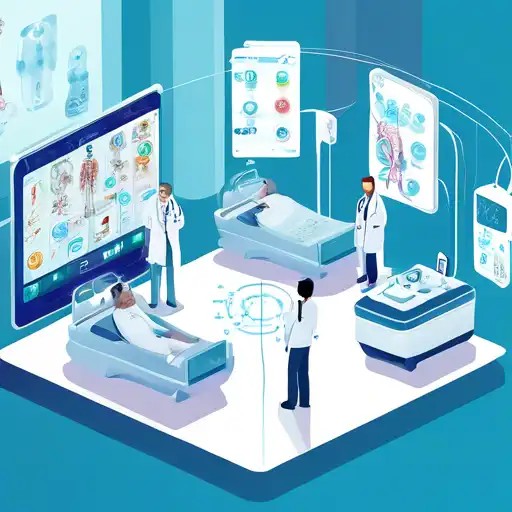Introduction to IoT in Healthcare
The integration of the Internet of Things (IoT) in healthcare is transforming the way medical services are delivered, making it a game changer in the industry. IoT technologies enable the collection, analysis, and transmission of health data in real-time, improving patient outcomes and operational efficiency.
Key Benefits of IoT in Healthcare
IoT in healthcare offers numerous benefits, including remote monitoring, improved patient care, and reduced healthcare costs. Below are some of the key advantages:
- Remote Patient Monitoring: IoT devices allow healthcare providers to monitor patients' health remotely, reducing the need for hospital visits.
- Enhanced Patient Care: Real-time data collection and analysis enable personalized treatment plans and timely medical interventions.
- Operational Efficiency: IoT solutions streamline hospital operations, from inventory management to patient flow optimization.
- Cost Reduction: By minimizing unnecessary hospital visits and optimizing resource allocation, IoT can significantly reduce healthcare costs.
Challenges and Solutions
Despite its benefits, the adoption of IoT in healthcare faces challenges such as data security and interoperability. However, advancements in encryption technologies and the development of universal standards are addressing these issues.
Future Prospects
The future of IoT in healthcare is promising, with innovations like wearable health monitors and AI-driven diagnostics on the rise. These technologies are expected to further enhance patient care and operational efficiency.
Conclusion
IoT in healthcare is revolutionizing the industry by improving patient care, operational efficiency, and reducing costs. As technology advances, the potential for IoT in healthcare continues to grow, making it an indispensable tool for modern healthcare systems.
For more insights into how technology is transforming healthcare, explore our articles on Digital Health and Medical Technology.
